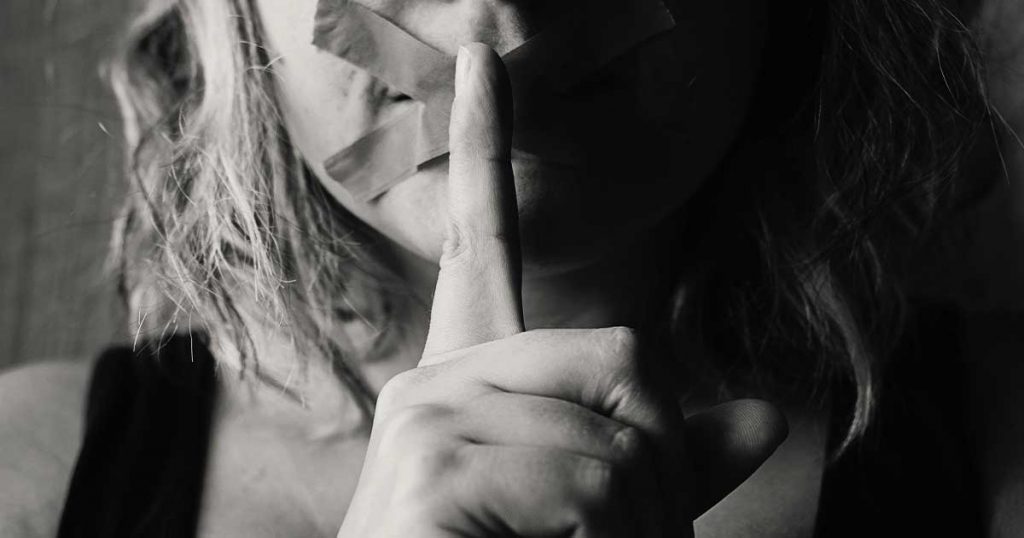Balancing freedom of the press against the human rights of individuals is always a fraught exercise and, as a High Court case showed, that is doubly so in a criminal context when young children commit heinous offences.
The case concerned two women who were aged 13 and 14 when they murdered Angela Wrightson, a vulnerable adult, in Hartlepool. They inflicted over 100 injuries on their victim and took pictures of themselves in her home, posting them on social media. They were still children when they were convicted of murder and sentenced to life imprisonment. Throughout their trial, and in the years since, court orders were in place forbidding their identification by the press or anyone else.
As their 18th birthdays approached, they applied for further orders which would have the effect of granting them lifelong anonymity. The power to make such orders was first exercised in response to the 1993 murder of Jamie Bulger by Jon Venables and Robert Thompson, who were then aged 10. In resisting the application, the Press Association argued that granting the orders would substantially erode the open justice principle.
Ruling on the matter, the Court noted the great public concern generated by the case and the fundamental public interest in the full reporting of criminal trials. There was no convincing evidence that the now-adult women would be exposed to a real and immediate risk of serious physical harm or death were their identities to be revealed. Threats had been made against them on the internet but they were insufficient to establish that they faced credible threats of violence.
In granting the orders sought, however, the Court noted that one of the women had an extensive history of mental health difficulties. There was compelling evidence that, if identified, she would be at real and immediate risk of self-harm or suicide. There were similar significant risks in relation to the other woman.
The case was exceptional and engaged the right to life, enshrined in Article 2 of the European Convention on Human Rights. The right not to suffer torture or inhuman or degrading treatment or punishment, contained in Article 3 of the Convention, was also in play. The Court concluded that there was no question of such rights being balanced against the media’s right to freedom of expression.





